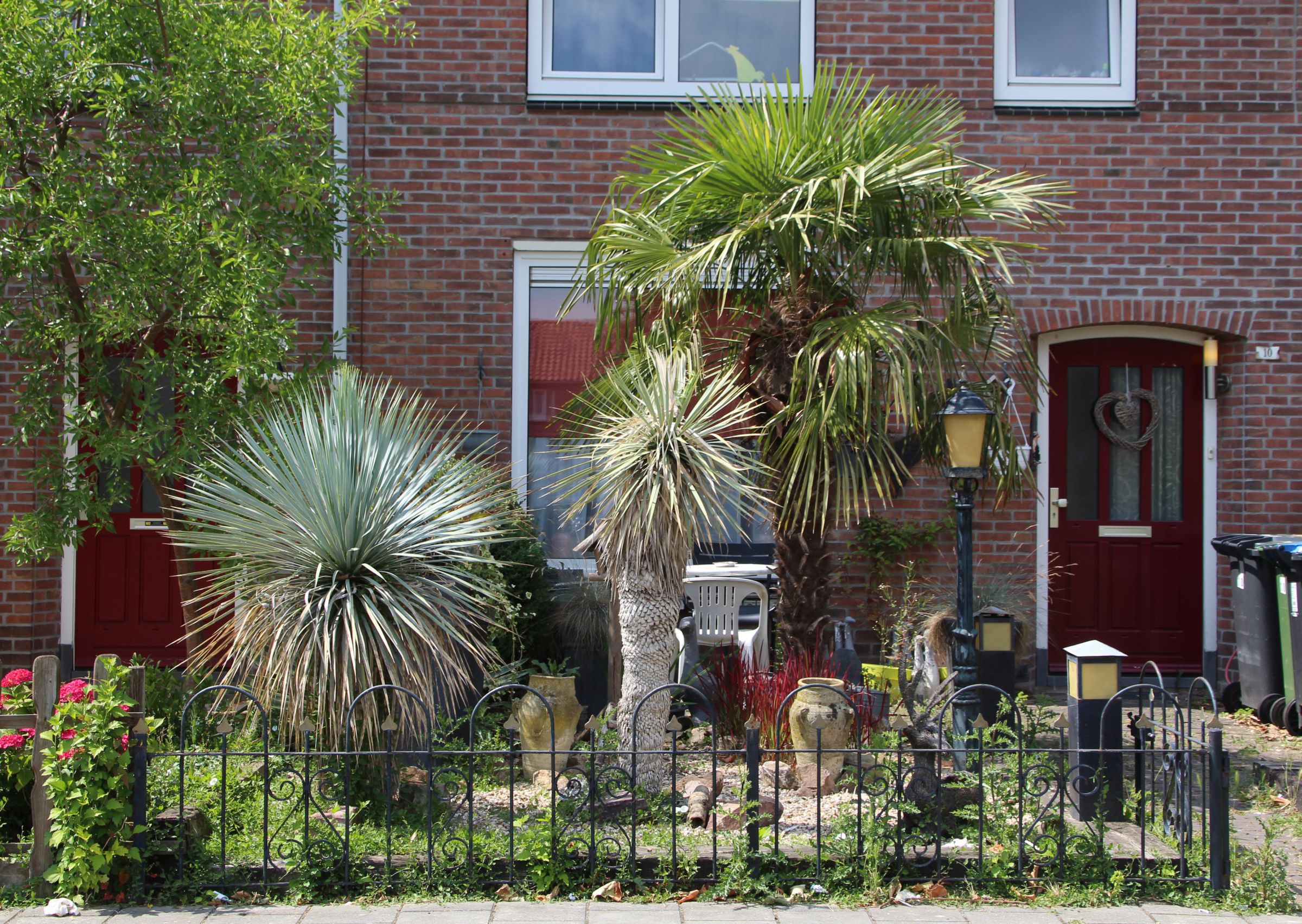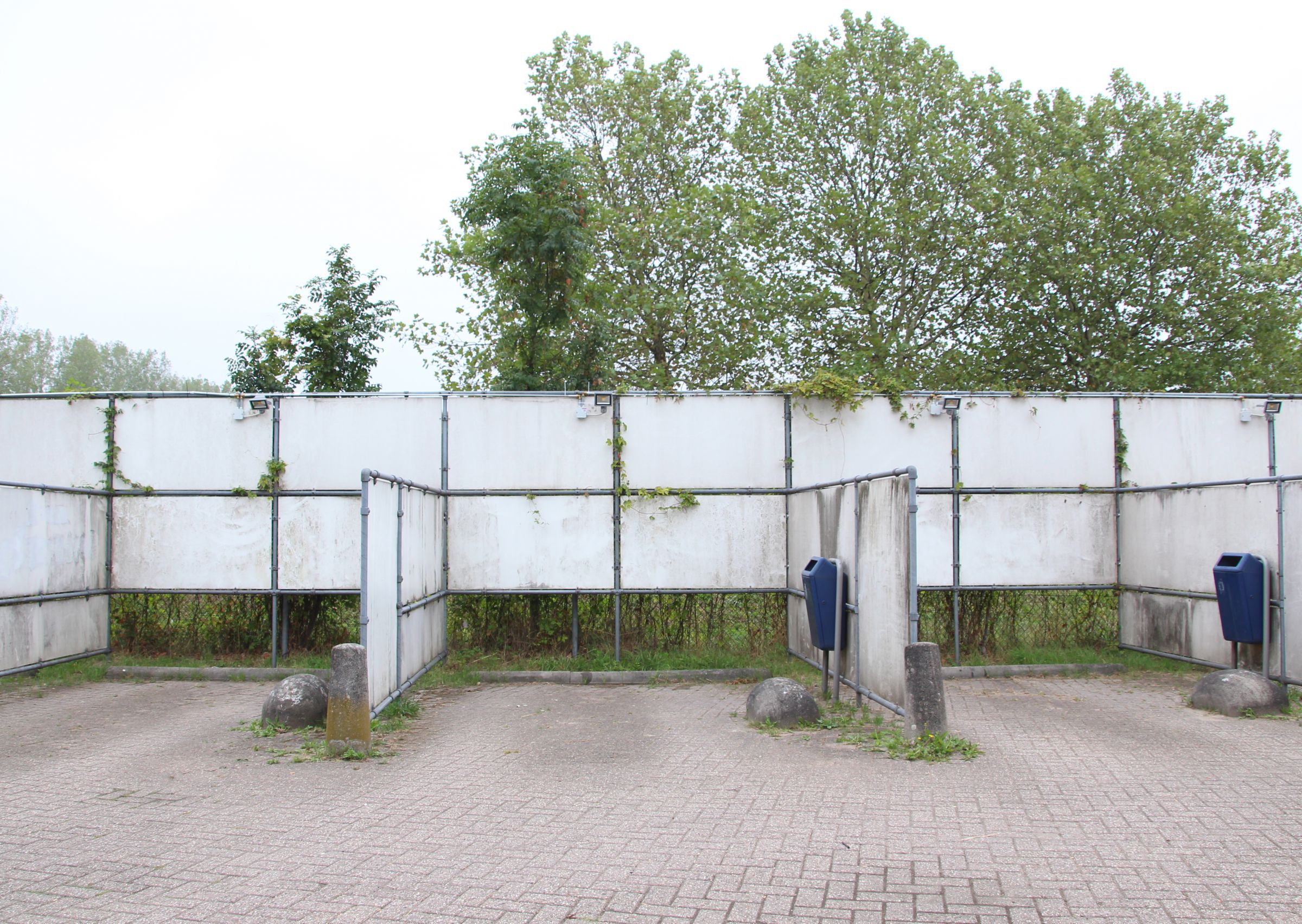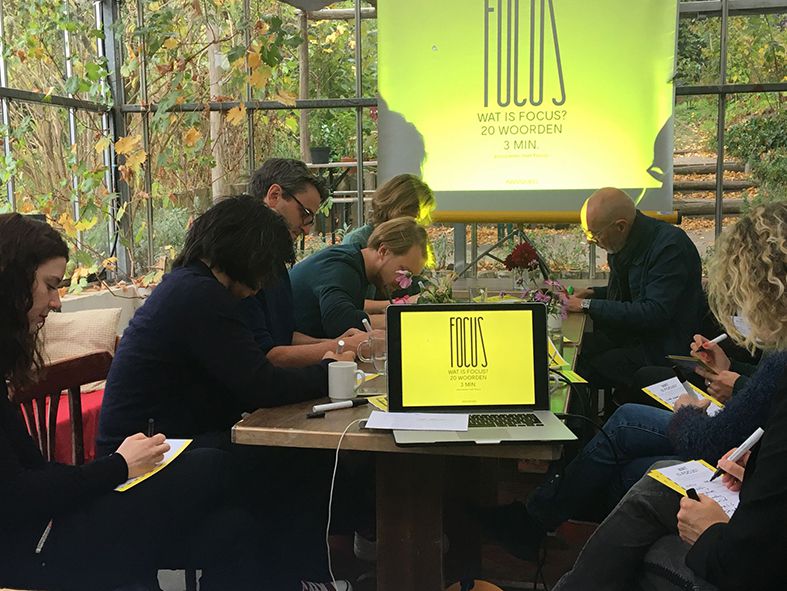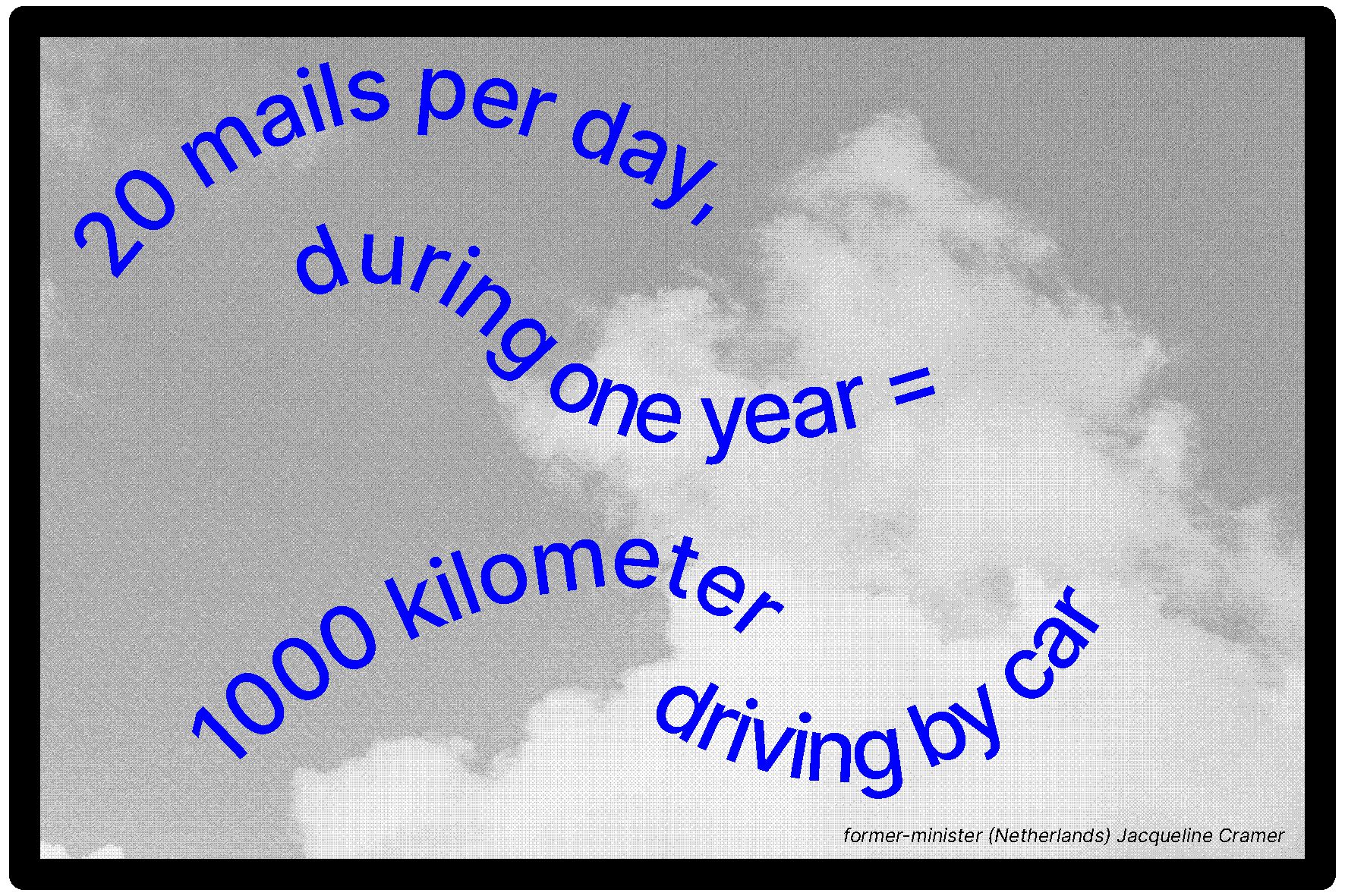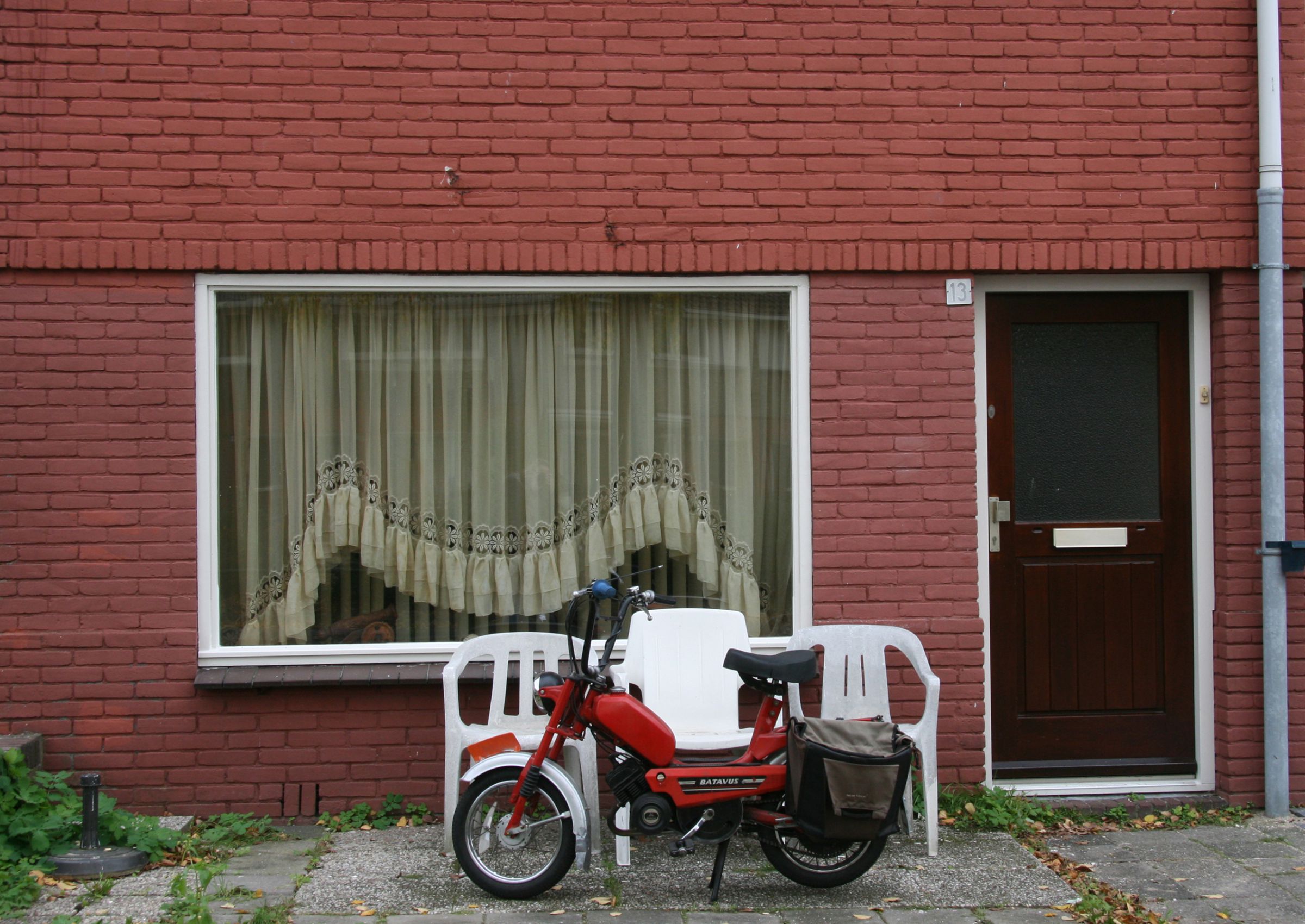grafische anthropology
Graphic Anthropology Storytelling by cultural observations & graphic perspectives
We are using graphic design to observe, document, contextualize, visualize and reframe or question cultural phenomena, structures.
Each narrative requires its own form. And as a designer, you choose both your narrative and your form. But how do you do that? Between all those observations, between all those stories you can tell? How do you find a story? And how do you make sure that that story takes the right shape? What is your perspective and how does it relate to the other person’s perspective? What graphic tools are there to map social structures? And who determines the perspective?
Steps & methods in the design process of graphic anthropology:
Observe.
We first look for stories. By observing.
What do you see and see where you looking at?
Methods: fly-on-the-wall, literature review, archival research, generational research, infiltration, photographing, drawing, listing, raging reporter,
Document.
What stands out in our environment, in our lives. Then we observe which stories stand out in the media or outside our bubble, in an environment we don’t know. We record all the information collected?
Methods: literature review, collecting, AI, algorithms, diary, quantitative research, qualitative research, survey, interviews/Socratic conversations, word-bingo, video, photographing, writing,
Contextualize. We will look for where there is overlap and how stories can become one. How does the perspective reflect within a larger story and vice versa?
Methods: cultural reflection, comparing, scaling up/down, categorizing,
Reframing. After we record observations. We are going to reframe the observations in a graphic narrative. How can we make graphic editorial choices that make the story stronger? How to create impact?
Methods: narrative, associative, poll, contextualizing, prototyping,
Graphic design. Which form fits the narrative? Which medium suits the audience?
Creating solid based communication forms to give platform to the narrative and audience.
Methods: speculative design, past/now/future, typeface, illustration/animation, mapping, manifest, creating community, campaign, visual identity, magazine/fan-zine, website, collective dictionary

